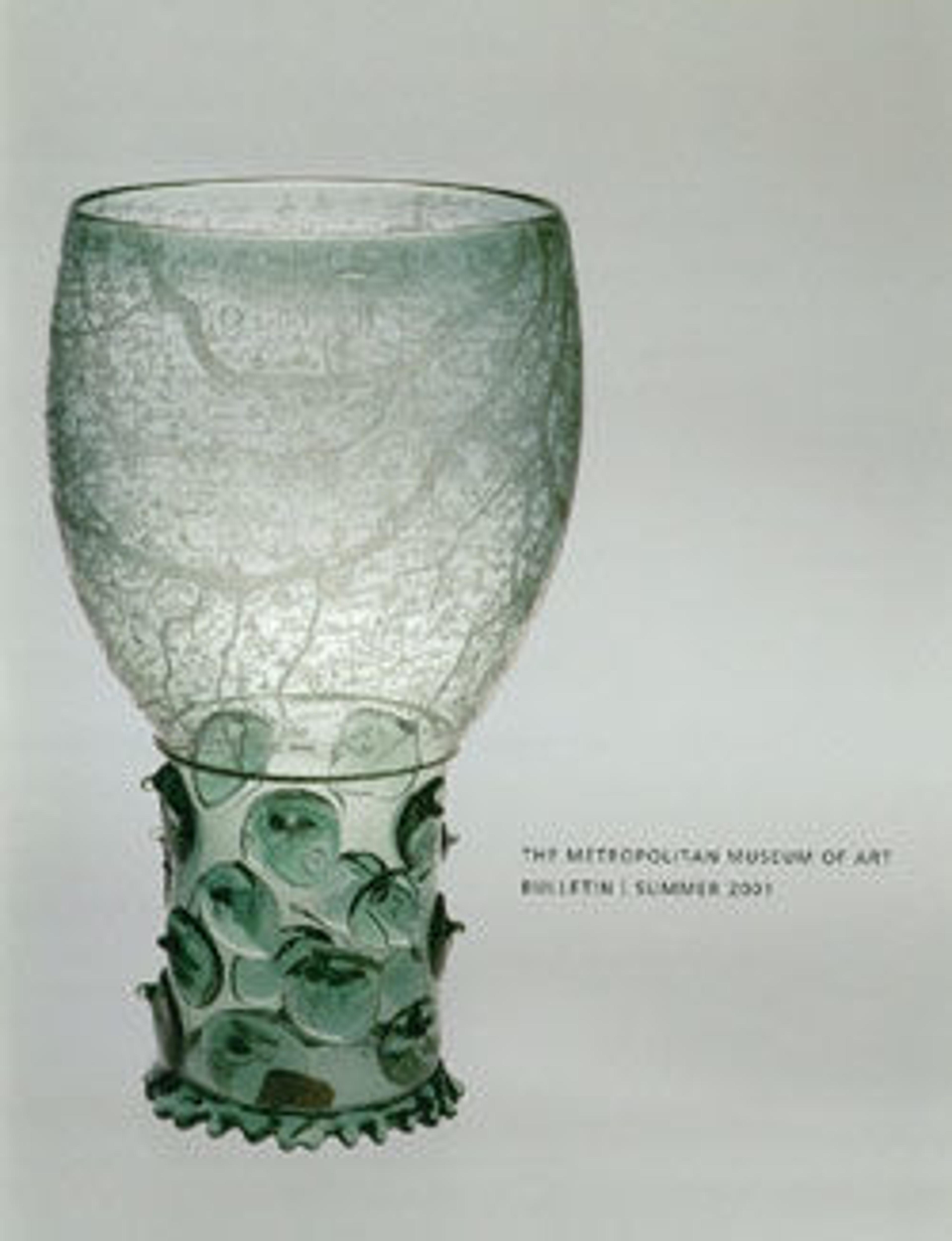Set of thirteen glass belt plaques
These thirteen glass belt plaques are part of a single set, which, when complete, would have consisted of more than twenty pieces. Their shapes were based on those of the jade plaques that were stitched on leather belts and worn by Ming dynasty (1368–1644) officials. The arrangement of the plaques followed an established pattern, with the largest pieces typically placed at the center and at either end of the belt. The use of such plaques had its origin as early as the beginning of the Tang dynasty, in the seventh century, when the emperor presented jade-decorated belts to the nobility and senior members of the government as part of their official costume.
During the Ming, jade belt plaques were revived after a decline in the previous dynasties: historical documents record that Ming emperors had thousands of sets of jade plaques made in the imperial workshops to grant to officials. Glass pieces such as these were not inexpensive substitutes for their jade counterparts, however. They were valued for their own aesthetic appeal as well as for their exotic material.
During the Ming, jade belt plaques were revived after a decline in the previous dynasties: historical documents record that Ming emperors had thousands of sets of jade plaques made in the imperial workshops to grant to officials. Glass pieces such as these were not inexpensive substitutes for their jade counterparts, however. They were valued for their own aesthetic appeal as well as for their exotic material.
Artwork Details
- Title:Set of thirteen glass belt plaques
- Period:Ming dynasty (1368–1644)
- Date:15th–16th century
- Culture:China
- Medium:Glass
- Dimensions:3 oval: 2 1/8 in. (5.4 cm); 2 1/2 in. (6.4 cm)
3 round: Diam. 2 1/2 in. (6.4 cm)
4 crescent: 1 5/16 in. (3.3 cm); 5/8 in. (1.6 cm)
2 rectangular: 2 3/4 in. (7 cm); 1 9/16 in. (4 cm)
1 rectangular: 1 1/2 in. (3.8 cm); 5/8 in. (1.6 cm) - Classification:Glass
- Credit Line:Charlotte C. and John C. Weber Collection, Gift of Charlotte C. and John C. Weber, 1994
- Object Number:1994.605.104a–m
- Curatorial Department: Asian Art
More Artwork
Research Resources
The Met provides unparalleled resources for research and welcomes an international community of students and scholars. The Met's Open Access API is where creators and researchers can connect to the The Met collection. Open Access data and public domain images are available for unrestricted commercial and noncommercial use without permission or fee.
To request images under copyright and other restrictions, please use this Image Request form.
Feedback
We continue to research and examine historical and cultural context for objects in The Met collection. If you have comments or questions about this object record, please contact us using the form below. The Museum looks forward to receiving your comments.
